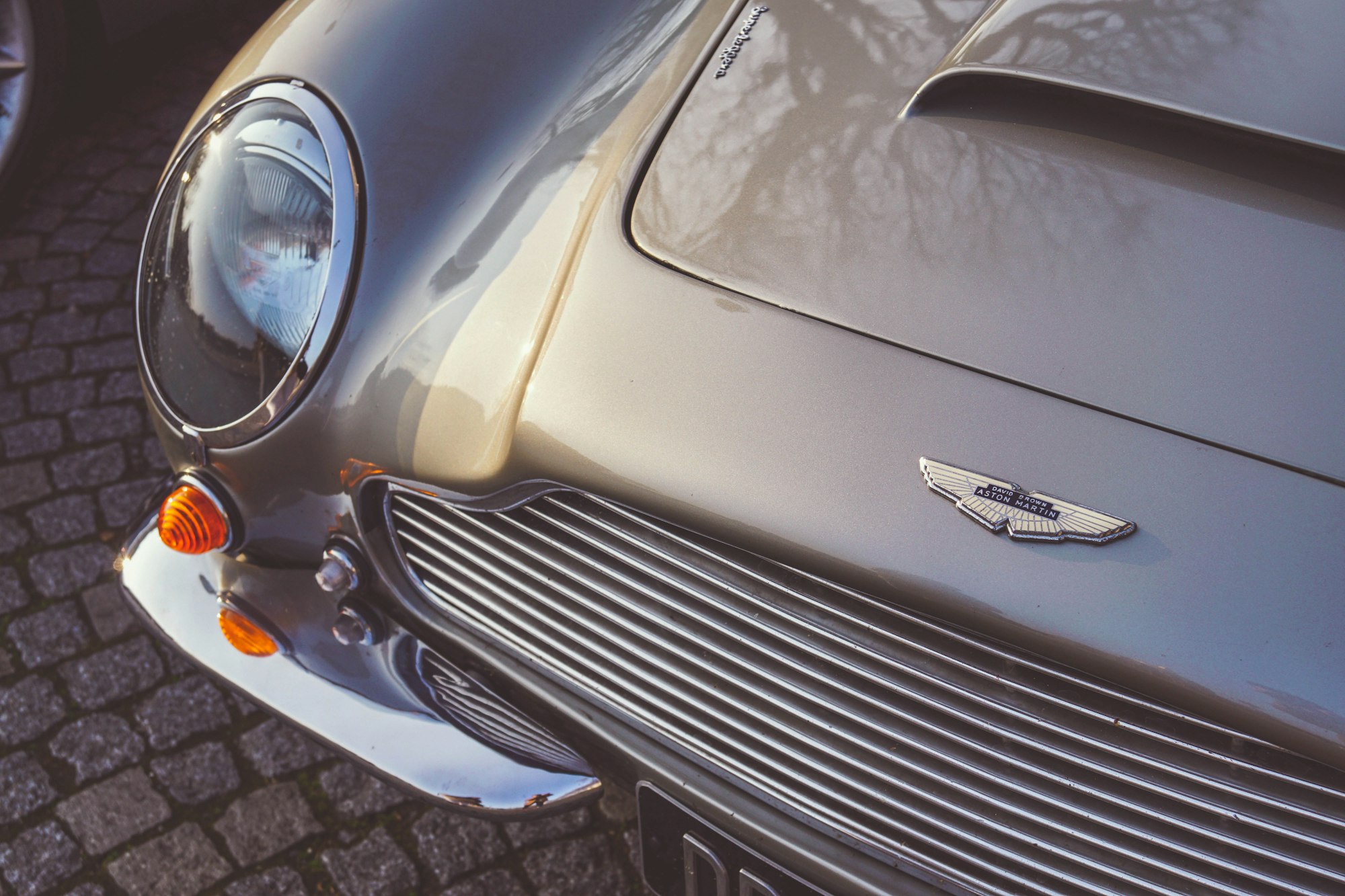Electric Aston Martin DB6
If you’re a fan of classic British sports cars, and you’re concerned about the environment, the future is looking pretty bright. Similar…

If you’re a fan of classic British sports cars, and you’re concerned about the environment, the future is looking pretty bright. Similar to what Jaguar is preparing for old E-Types, Aston Martin has just announced that it is developing “cassette”-type electric powertrains that it can drop into classic Aston models. By “cassette,” the company means that the whole powertrain assembly can be easily bolted into an existing Aston Martin, and just as easily be replaced by the original internal combustion engine if desired.
The first automotive to bear the electrical conversion is a 1970 Aston Martin DB6 Volante, and the prototype powertrain bolts as much as the manufacturing facility engine and transmission mounts. If it weren’t for a photograph exhibiting it plugged right into a charger, it will be inconceivable to inform that it had an electrical motor below the pores and skin. Even the inside seems to be unchanged. Aston Martin says that a small display has been added that shows motor and battery administration. This is a stark distinction to the Jaguar E-Type Zero Concept that featured a contemporary interpretation of the unique inside.
Aston Martin did not reveal any detailed specs of the powertrain, although. So horsepower and vary are full mysteries in the meanwhile. Aston did notice that manufacturing examples of this powertrain will use elements from the very limited-production Rapide E. That sedan used twin motors for 610 horsepower and 700 pound-feet of torque. Surely the conversion equipment will solely use one motor for packaging, and because the Rapide E’s full energy could be pointless and deviate removed from the unique efficiency and character of the traditional automotive. Also, Aston claimed a variety of over 200 miles for the Rapide E, however traditional conversions could also be much less resulting from area restrictions. Something nearer to the E-Type Zero’s 170-mile vary appears doubtless, and matched with DC quick charging, must be greater than sufficient for a automotive that doubtless will not be pushed as usually or so far as a extra fashionable car.

The clue to the big difference over the E-type Zero can be seen in images of the DB6’s cabin, which show the continued presence of a gear selector. That’s because it still uses the car’s original five-speed manual transmission, which should make for an intriguing combination. Although we don’t have power outputs yet, Aston says that the zero-to-60-mph time is slightly improved compared to the stock engine, leading us to believe the motor makes more than the inline-six’s 282 horsepower. Top speed is claimed to be 120 mph. Range is claimed to be around 120 miles, but we will have to wait for more technical details.
Although the lack of engine noise will be obvious, visual changes are almost nonexistent. The DB6 demonstrator has a charging port hidden under what would normally be its fuel filler, and we’re told that there is also a small display screen in the cabin to report on different drivetrain modes, but in every other regard it seems to be unchanged, still having a rev counter and even exhaust tailpipes.
Exact timing and availability nonetheless have but to be introduced. Aston solely stated that it plans to begin on conversions someday in 2019. Since Aston plans on delivering Rapide E fashions towards the tip of 2019, the yr is shaping as much as be an enormous one for electrical Astons.
Aston Martin didn’t reveal any detailed specifications of the powertrain, though. So horsepower and range are complete mysteries at the moment. Aston did note that production examples of this powertrain will use components from the very limited-production Rapide E. That sedan used dual motors for 610 horsepower and 700 pound-feet of torque. Surely the conversion kit will only use one motor for packaging, and since the Rapide E’s full power would be unnecessary and deviate far from the original performance and character of the classic car. Also, Aston claimed a range of over 200 miles for the Rapide E, but classic conversions may be less due to space restrictions. Something closer to the E-Type Zero’s 170-mile range seems likely, and coupled with DC fast charging, should be more than enough for a car that likely won’t be driven as often or as far as a more modern vehicle.




